A Treasured Special Occasion Meal – Steak Dinner!
One of my most favorite traditions that Chris and I have established for our life together is celebrating significant moments with a special meal. From first dates to special occasions – the meal we always come back to is steak dinner.
While it’s always nice to treat ourselves to a beautiful steak at a fancy restaurant we also love the option of cooking our own special occasion meals from the comfort of home.
Luckily, this Herb Butter Basted Steak recipe makes it totally possible to achieve the perfect steak dinner at home thanks to a few helpful tips and your trusty ol’ cast iron skillet!
Using cast iron creates a gloriously crusty hard sear because it retains its heat well and allows the entire steak to come into direct contact with the extremely hot surface of the pan. While the frequent turning method helps to keep the interior juicy and melt-in-your-mouth tender.
The result is exactly what you’d expect from your favorite steakhouse steak and worthy of any restaurant menu!
If you love cooking with beef, be sure to try our Red Wine Braised Beef or Soy Braised Short Ribs, two hearty and rich beef dinners that are perfect for date night at home.
How to Choose the Right Steak
One of the best things about making cast iron skillet steak is that you just need a couple of simple ingredients.
Steak, kosher salt, freshly ground black pepper, and a few flavor boosters (fresh herbs, garlic, and butter) are enough to create rich flavor right at home!
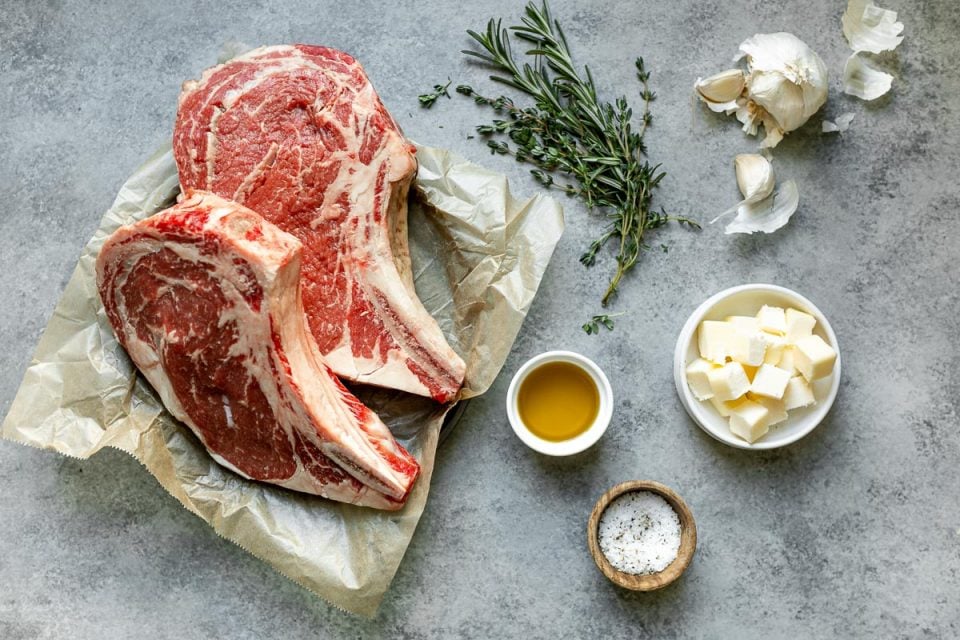
The most important part is choosing the right steak and luckily this pan-sear method will work well with a variety of different steaks, so you do have some freedom here to choose the steaks you’ll love most.
That being said, here’s a couple of things to keep in mind…
- Quality: Steak is the star of the show here, so now’s the time to buy the highest quality you can find. Whenever I’m prepping for steak night, I head to my favorite local butcher shop and ask what’s looking good that particular day. Trust the experts, they won’t lead you astray!
- Cut: We love ribeye (for its flavor and marbling) and New York strip (for its tenderness), but this recipe will work great with T-bones, porterhouse steaks, filet mignon, or even a nice sirloin.
- Thickness: Your steak must be nice and thick, about 1 1/2 – 2 inches, to ensure that it doesn’t overcook as you build the sear. Fair warning, this usually means that the steak is pretty hefty, but you can easily share a 2-inch thick steak between 2 people. (It’s date night, after all!)
Faux Dry Aging – How to Make Your Steak Taste Better!
The first thing I do when I bring my steak dinner steaks home is give them a little faux dry age treatment.
(Note, there’s a heavy emphasis on faux here, as real-deal dry aging is a really technical process that requires lots of time and very well-controlled temperature and humidity.)
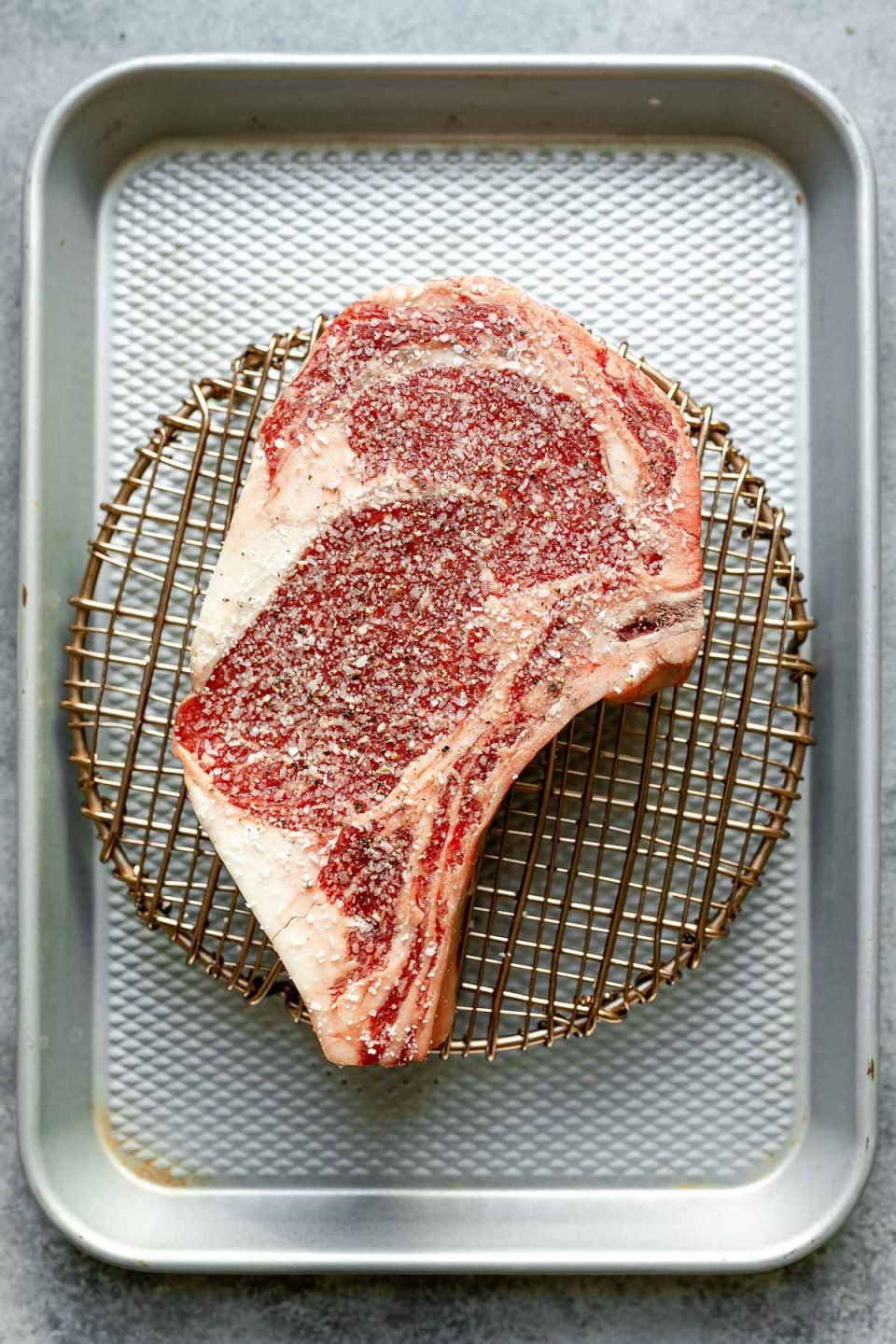
This is a trick I first learned from Alton Brown wayyy back in the day, and it couldn’t be easier:
- First, generously season the entire surface of your steak with kosher salt. A good rule of thumb is 1 teaspoon per pound.
- Next, loosely wrap the steak with paper towel and place it atop a rack fitted in a rimmed baking sheet.
- Set it in the coldest are of your fridge for at least 2 hours, or up to 2 days.
Why it works ⇢ The salt draws out some of the steak’s natural water content, which will either be absorbed by the paper towel or drip down onto the baking sheet below. Since moisture is the natural enemy of a good hard sear, drawing the water out makes it easier to create a beautiful crust on your steak.
Additionally, it concentrates the natural flavor of the meat, making for an even tastier steak. Double win!
Shop This Post
 Buy Now →
Buy Now → 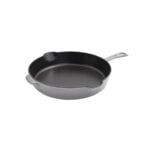 Buy Now →
Buy Now → 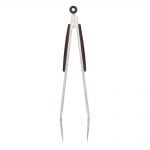 Buy Now →
Buy Now →  Buy Now →
Buy Now →  Buy Now →
Buy Now → 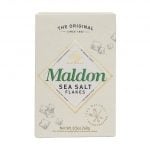 Buy Now →
Buy Now → The Secret to a Perfect Sear – How to Cook Steak in a Cast Iron Skillet!
Once you get the hang of it, a cast iron skillet will be your go-to method for cooking steak at home.
It’s incredibly easy, consisting of 3 key steps: preheating the skillet, searing the steak, and finishing with a baste.
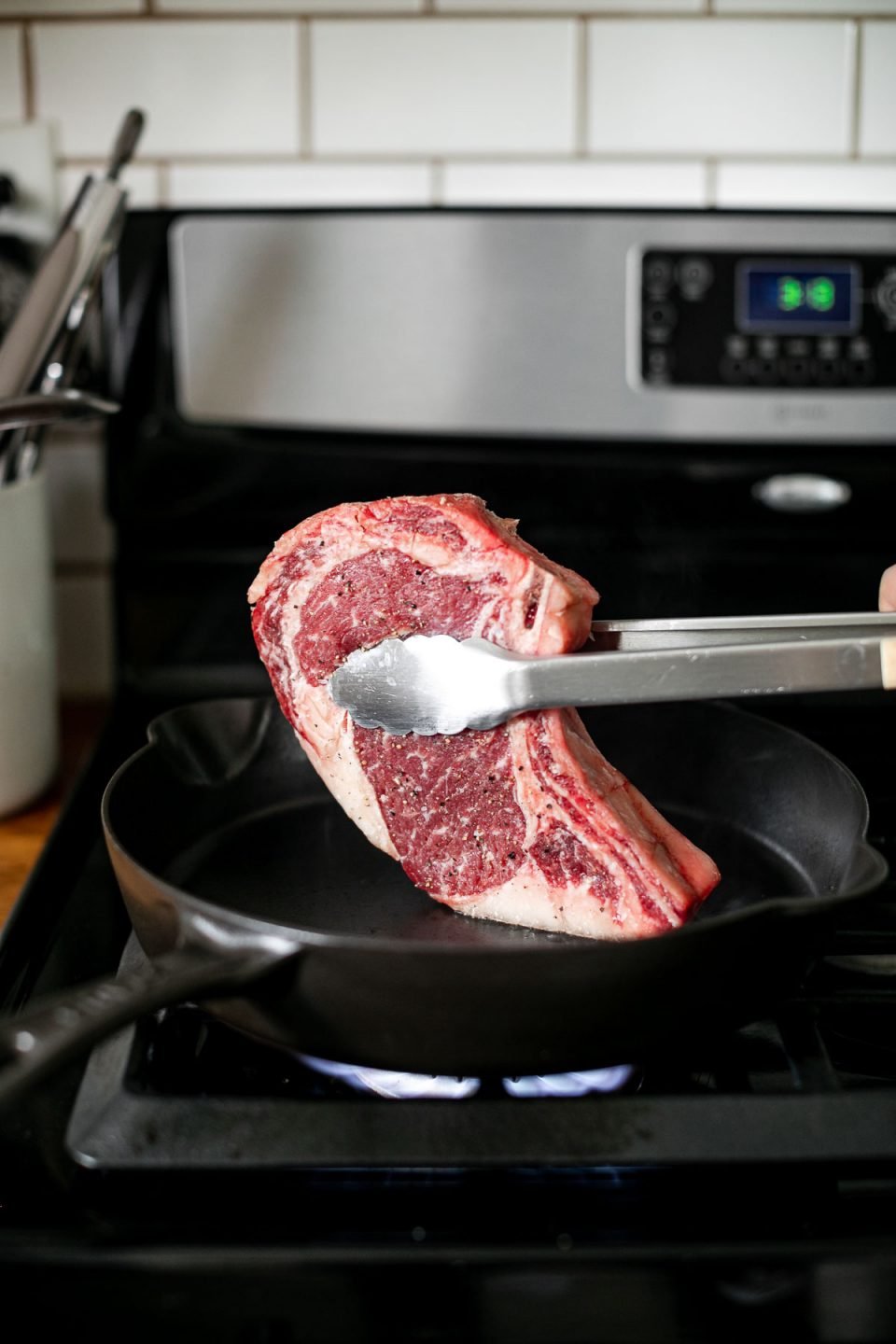
Preheat the skillet. Place a 12-inch cast iron skillet over high heat. Preheat for a good 5-7 minutes, until the cast iron is very hot. Why? ⇢ A hot surface is crucial in building a gloriously thick and crusty sear. Because cast iron is so heavyweight, it takes at least 5-minutes to ensure both the surface and the core of the skillet are roaring hot and will maintain its temperature once the steak is placed in it. Note: For these reasons, it’s important to use a good, well-constructed cast iron skillet. This skillet (pictured) is my favorite.
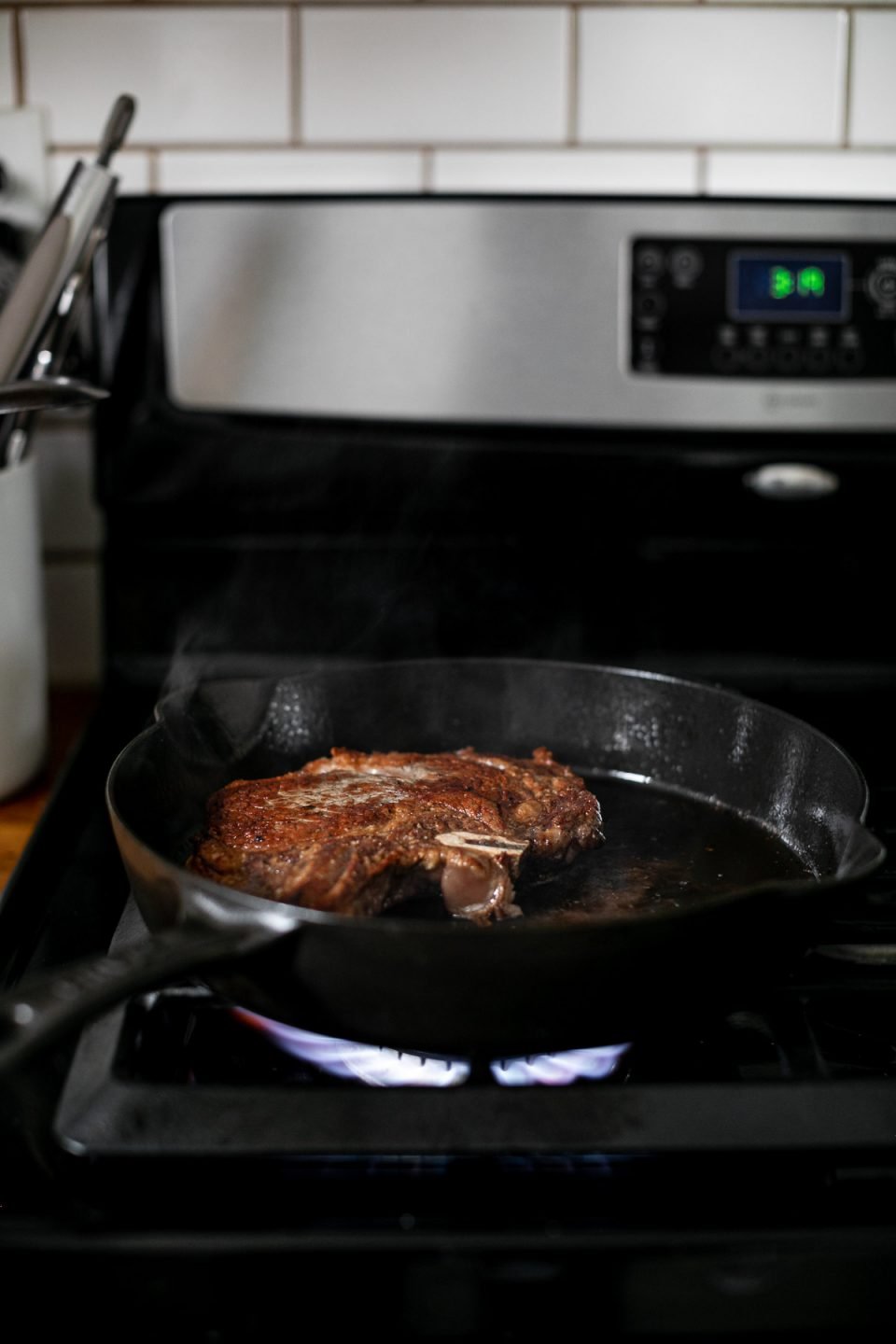
Sear with the frequent turning method. Place the steak on one side of the skillet and cook for 30 seconds. Carefully flip the steak to the opposite side of the skillet and cooking for 30 seconds more. Continue flipping the steak to the opposite side of the skillet in 30 second increments. Why? ⇢ By frequently turning, you have better control over the temperature of the steak’s surface, preventing it from getting too hot or too cold between flips. This results in a more even and gradual cook, and also builds a delicious crust on the surface of the steak with each turn.
A Helpful Analogy
Think of frequent turning in terms of sunbathing. If you sunbathe for an hour, you’ll get a more even and golden tan if you turn every 10 minutes. If you only turn once 30 minutes through, you’ll probably end up with a gnarly sunburn.
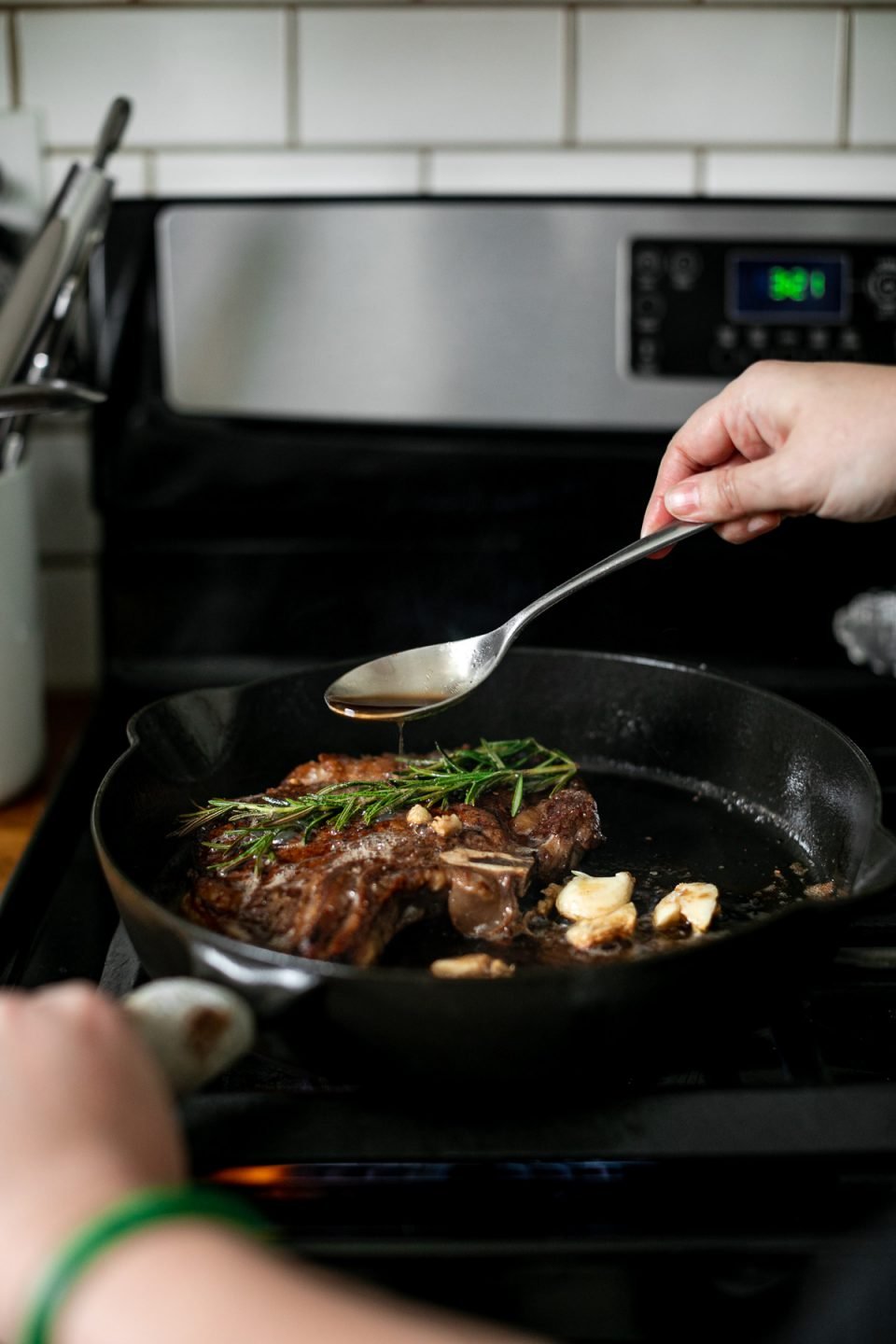
Finish with a baste. After you give the steak its last flip, reduce the heat to medium-low. Carefully add butter, garlic, and fresh herbs to the skillet. Tilt the skillet toward you and use a large spoon to continuously baste the butter over the steak. Why? ⇢ Basting infuses the flavor of the browned butter, herbs, and garlic into the steak (which, up until this point, has just been very simply seasoned). Plus, it allows you to spot treat any areas of the steak that might still be a little pale since the hot butter will quickly brown them up.
Looking for the perfect grilled steak? ⇢ Be sure to check out our Grilled Steak recipe. It’s butter basted with an herb brush and ideal for summer months when you don’t want to turn on the stovetop!
Cook Time and Doneness
The cooking time for cast iron skillet steak varies greatly based on the temperature of your skillet, the thickness of your steak, and your desired level of doneness.
That being said, nothing’s worse than spending a lot of money on a nice steak and accidentally overcooking it!
Eliminate all of the guesswork by using an instant-read thermometer to measure the internal temperature of the steak. (Note: the steak’s carry-over heat will cause its internal temperature to increase by 10-15 degrees as it rests. Pull the steak from the heat well before it reaches your desired temperature!)
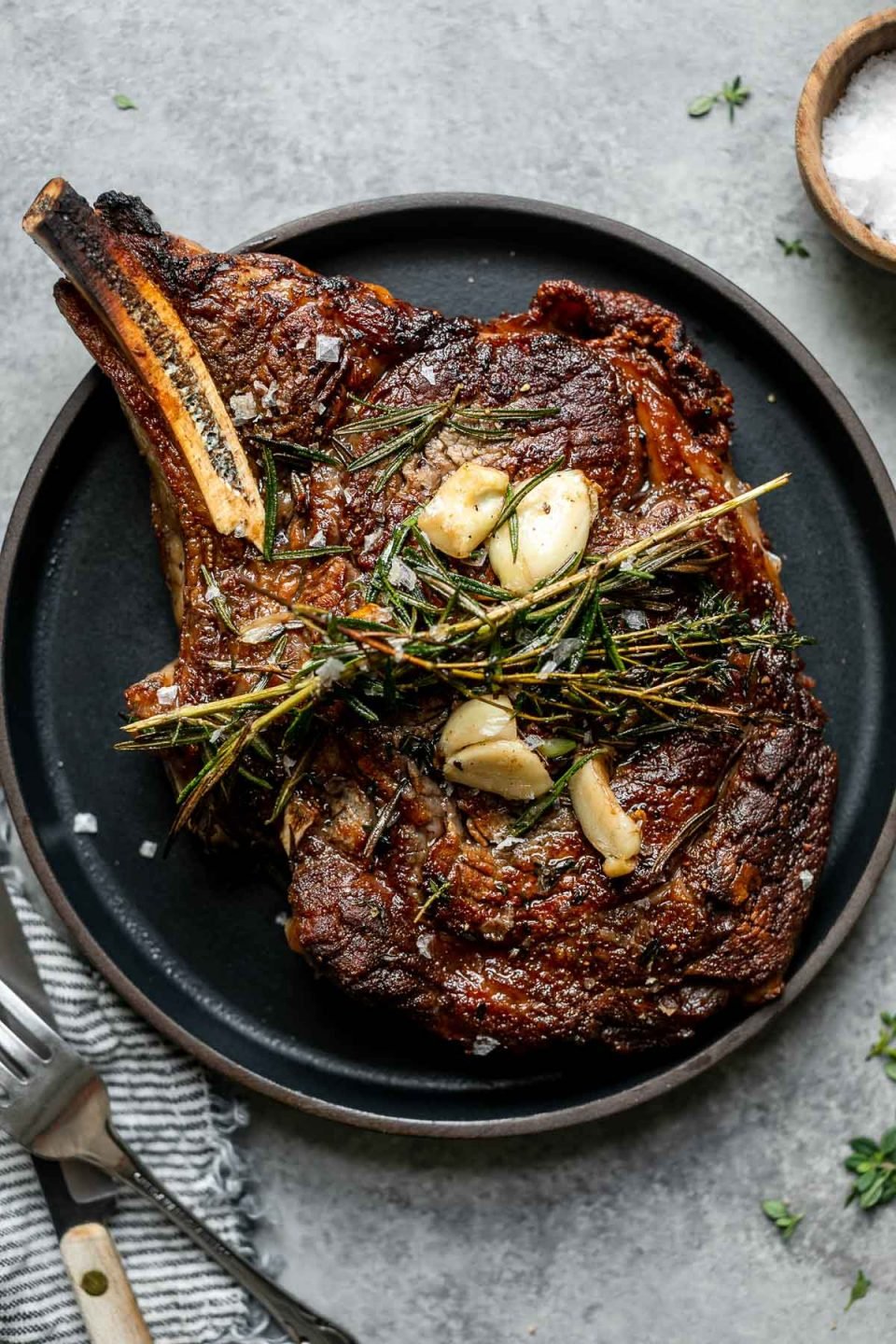
A quick guide to steak doneness temperatures:
- Rare (red and cool center): Cook to an internal temperature of 105-110 degrees F. The steak’s carry-over heat will cause the internal temperature to rise to a final internal temperature of 120-125 degrees F. Approximately 4 minutes total cooking time.
- Medium-rare (red and warm center): Cook to an internal temperature of 115-120 degrees F. The steak’s carry-over heat will cause the internal temperature to rise to a final internal temperature of 130-135 degrees F. Approximately 5 minutes total cooking time.
- Medium (pink and warm center): Cook to an internal temperature of 125-130 degrees F. The steak’s carry-over heat will cause the internal temperature to rise to a final internal temperature of 140-145 degrees F. Approximately 6 minutes total cooking time.
- Medium-well (slightly pink center): Cook to an internal temperature of 135-140 degrees F. The steak’s carry-over heat will cause the internal temperature to rise to a final internal temperature of 140-145 degrees F. Approximately 7 minutes total cooking time.
- Well-done (cooked through with little to no pink): Cook to an internal temperature of 145-150 degrees F. The steak’s carry-over heat will cause the internal temperature to rise to a final internal temperature of 150+ degrees F. Approximately 8 minutes total cooking time.
Carving Tips and Serving Suggestions
Once rested to perfection, it’s time to carve and serve!
If you cooked bone-in steak, first slice the steak away from the bone. Next, take a good look at the steak to judge which direction the grain is running, and slice against the grain into 1/4-inch thick strips.
To identify which direction the grain runs, look for the parallel lines of muscle fiber that run throughout the steak. To cut against the grain, slice the steak perpendicular to the parallel lines. If needed, check out this post, which has helpful visuals and offers further explanation.
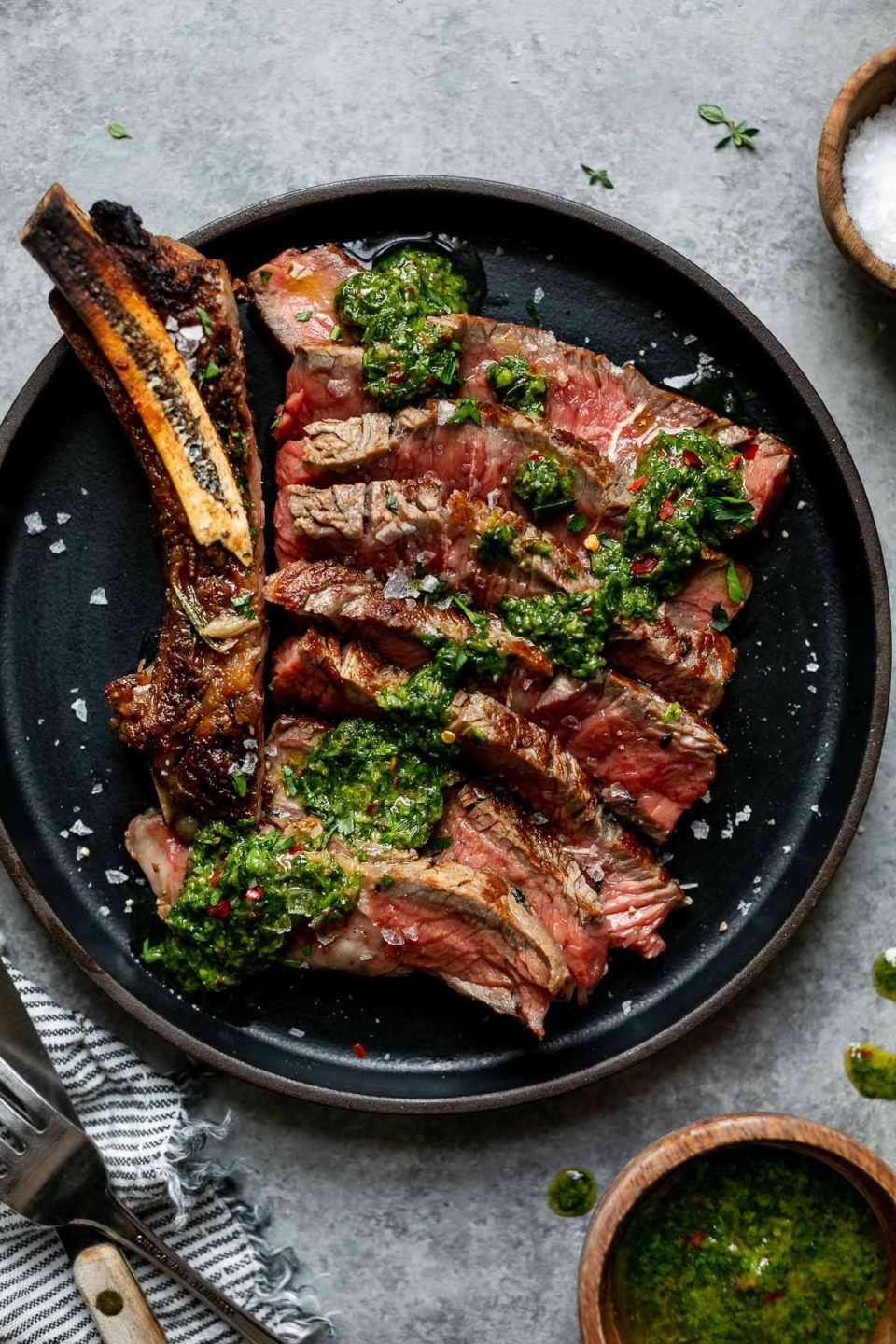
Serve immediately after slicing by topping steak with a generous sprinkling of flaky, crunchy Maldon salt and a good drizzle of the browned butter from the pan, though you could use any sauce you love (like truffle oil or chimichurri).
Don’t forget to plate it up with your favorite side dishes – in our opinion, a nice, juicy steak practically begs to be served next to a generous pile of creamy mashed potatoes, some simple roasted veggies, or a side salad made with a tangy dressing and your favorite greens!
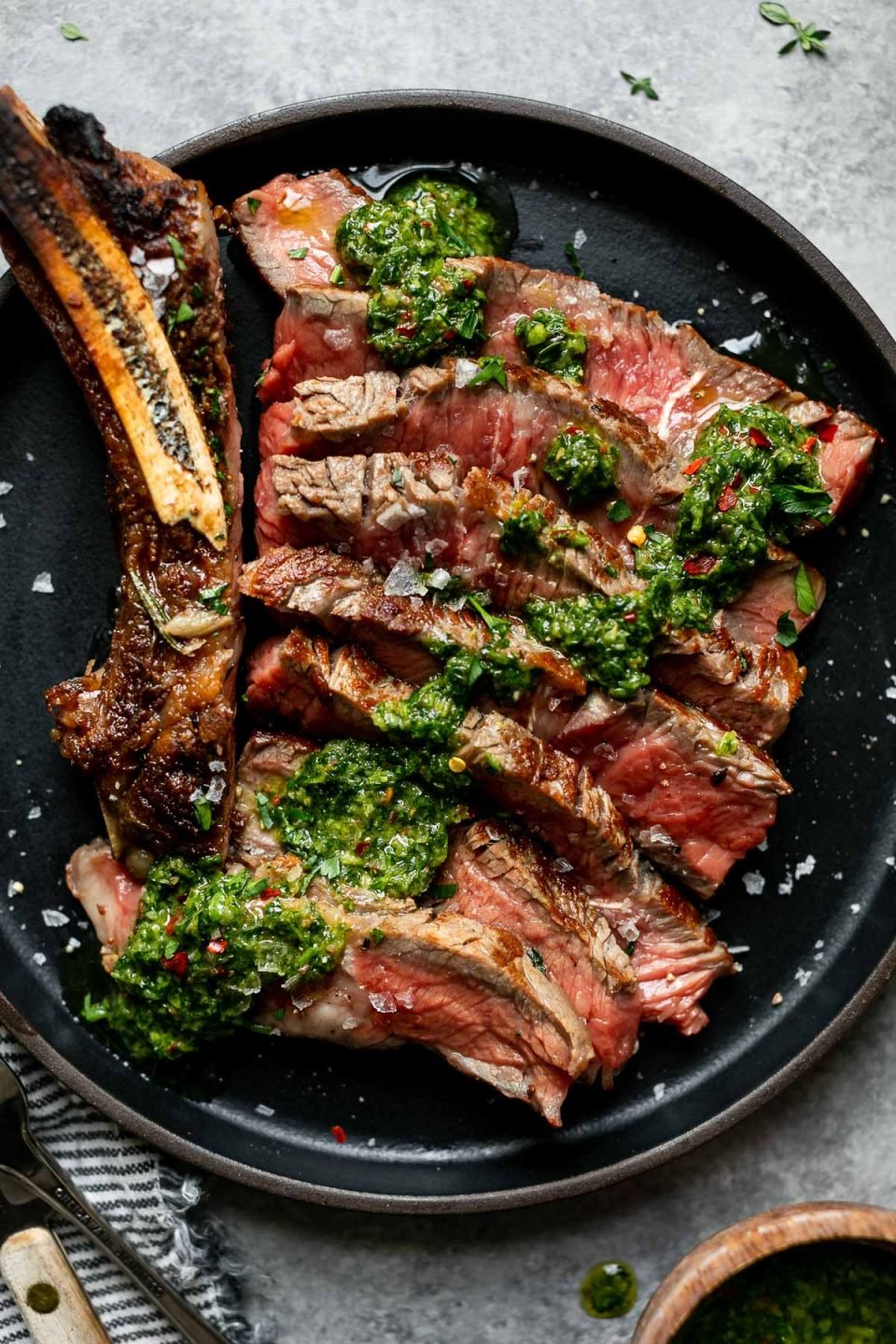
I cannot wait for you to try this Cast Iron Steak. You (and your honey!) will love it and you’ll be so proud you made it entirely at home!
If you do give it, be sure to let me know! Leave a comment with a star rating below. You can also snap a photo and tag @playswellwithbutter on Instagram. We LOVE seeing your PWWB creations! Happy cooking! ♡
Print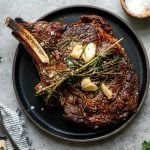
Herb Butter Basted Cast Iron Steak
- Prep Time: 10 minutes
- Cook Time: 10 minutes
- Total Time: 30 Minutes
- Yield: Serves 1-2 1x
- Category: Steak, Cast Iron
- Method: Stovetop, Skillet Recipes
- Cuisine: American, French
- Diet: Gluten Free
Description
The secret to cooking restaurant-quality steaks at home? A cast iron skillet! This Herb Butter Basted Cast Iron Steak recipe will teach you how to use a cast iron skillet to cook the perfect steak every time – juicy and melt-in-your-mouth tender with a beautifully browned and crusty sear, and finished with a rich, flavorful herby garlic butter baste. A go-to stovetop steak method!
Ingredients
- one 1 ½ – 2-inch steak of choice – ribeye, New York Strip, T-bone, etc. (see Recipe Notes, below)
- kosher salt and ground black pepper, to season
- 1–2 tablespoons avocado oil (or other high smoke point oil of choice)
- 2 tablespoons unsalted butter, diced into small cubes
- 2 cloves garlic, smashed open
- 2 sprigs fresh rosemary
- 8–10 sprigs fresh thyme
Instructions
- Steak prep: At least 2 hours (or up to 2 days) before you’d like to make your steak, prep the steak. If your steak has a nice fat cap, use a paring knife to cut score marks into the fat cap. Liberally season all sides of the steak with kosher salt. A good rule of thumb is 1 teaspoon per pound. Loosely wrap the steak in paper towel. Place on a rack fitted in a rimmed baking sheet. Set in the coldest area of your fridge. 30 minutes before cooking the steak, remove from the refrigerator and set on the counter to come up to room temperature.
- Preheat the cast iron: Place a 12-inch cast iron skillet over high heat. Preheat for 5-7 minutes, until the cast iron is very hot. Meanwhile, pat the steak completely dry with paper towel. Season with ground black pepper, as desired.
- Sear the steak, utilizing the frequent-turning method: If your steak has a nice fat cap, you can begin by rendering it slightly. Use long tongs to hold the steak upright, placing the fat cap in direct contact with the hot skillet. Cook 2-3 minutes, until the fat cap is rendered slightly and begins to develop nice golden brown color. Remove and set aside for a moment. Carefully add the avocado oil to skillet, adding just enough to coat the bottom of the skillet nicely. Once the oil is hot and begins to smoke, carefully place the steak on one side of the skillet. Cook for 30 seconds. Carefully flip the steak to the opposite side of the skillet and cook for 30 seconds more. Continue flipping the steak to the opposite side of the skillet in 30 second increments. Five minutes total cooking time will yield medium rare doneness. (Refer to the blog post, above, for more guidance on doneness temperatures.)
- Baste: After the last flip, reduce the heat to low. Carefully add the butter, garlic, rosemary, and thyme to the skillet. Tilt the skillet toward you, so the butter pools alongside the edge of the skillet nearest you. Use a large spoon to baste the butter over top the steak repeatedly for 30 seconds.
- Rest. Transfer the steak to a plate and set aside to rest for 10-15 minutes.
- Carve and serve. Cut the steak away from the bone. Slice against the grain into 1/4-inch thick strips. Serve immediately, topped with flaky sea salt and browned butter from the pan (or with another steak sauce you love, e.g. chimichurri).
Notes
- A note on steaks: Whenever you’re making steak at home, buy the highest quality steaks you can find. The steak is really the star of the show here! (Plus, no matter what, I guarantee you’ll spend less on your steak than you would for a steak dinner at a nice restaurant!) We love New York strip or ribeye at our house, as both are tender with great flavor. This method will work for tenderloin and sirloin, too.
Recipe and Food Styling by Jess Larson, Plays Well With Butter | Photography by Rachel Cook, Half Acre House.
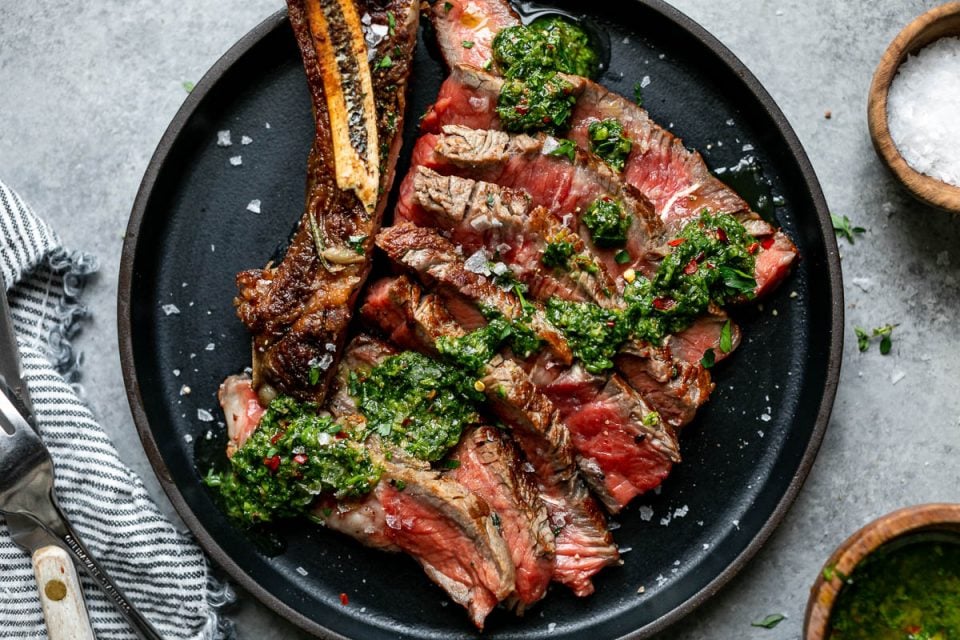
Follow along with Plays Well With Butter on Instagram, YouTube, Facebook, and Pinterest for more unfussy recipes that pack a big punch of flavor!


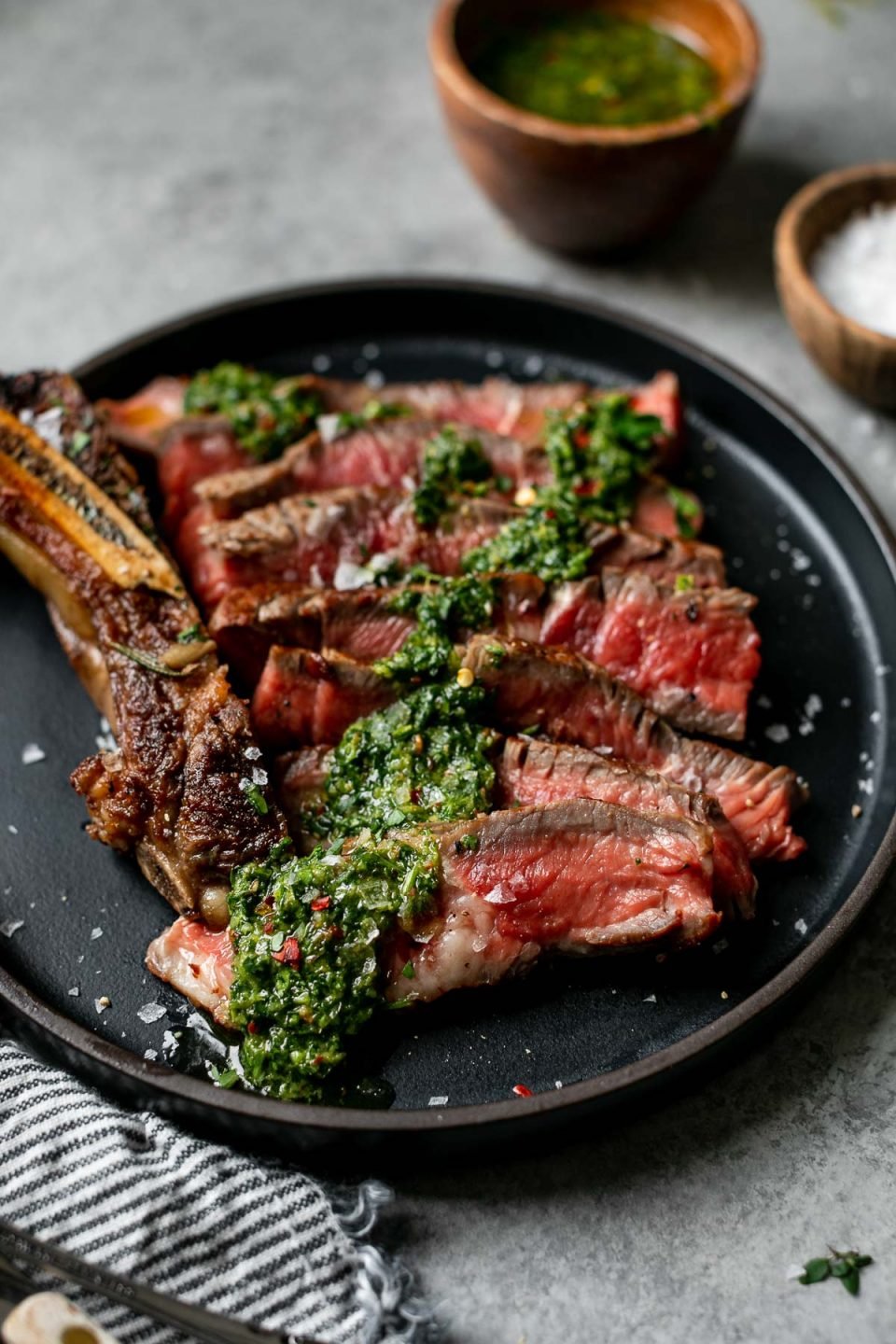
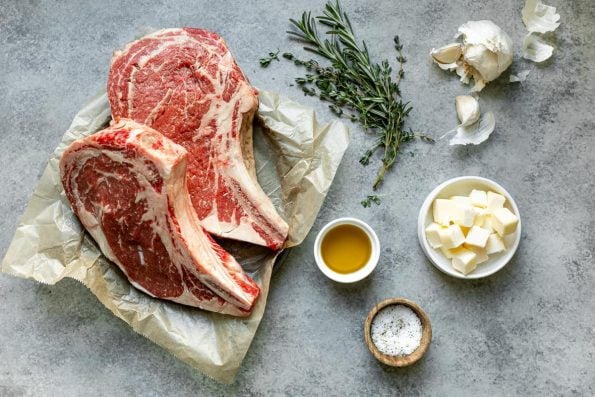
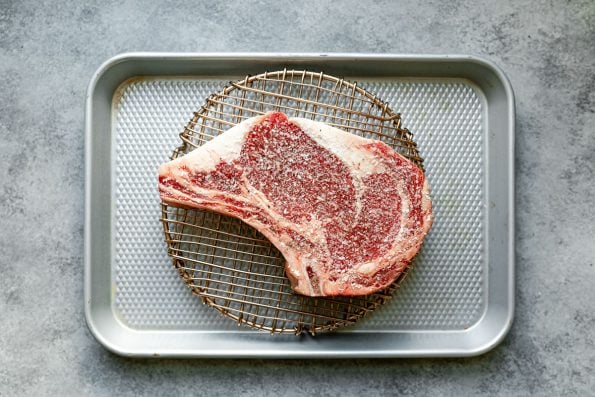
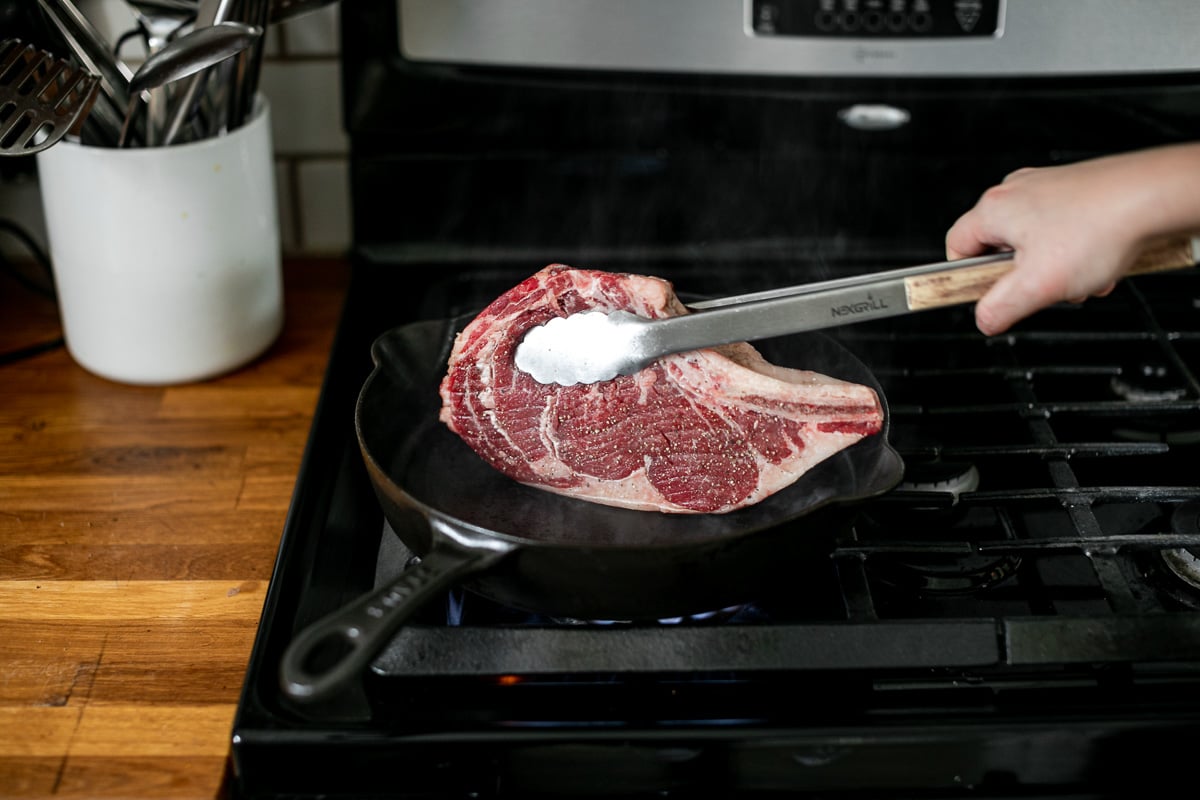
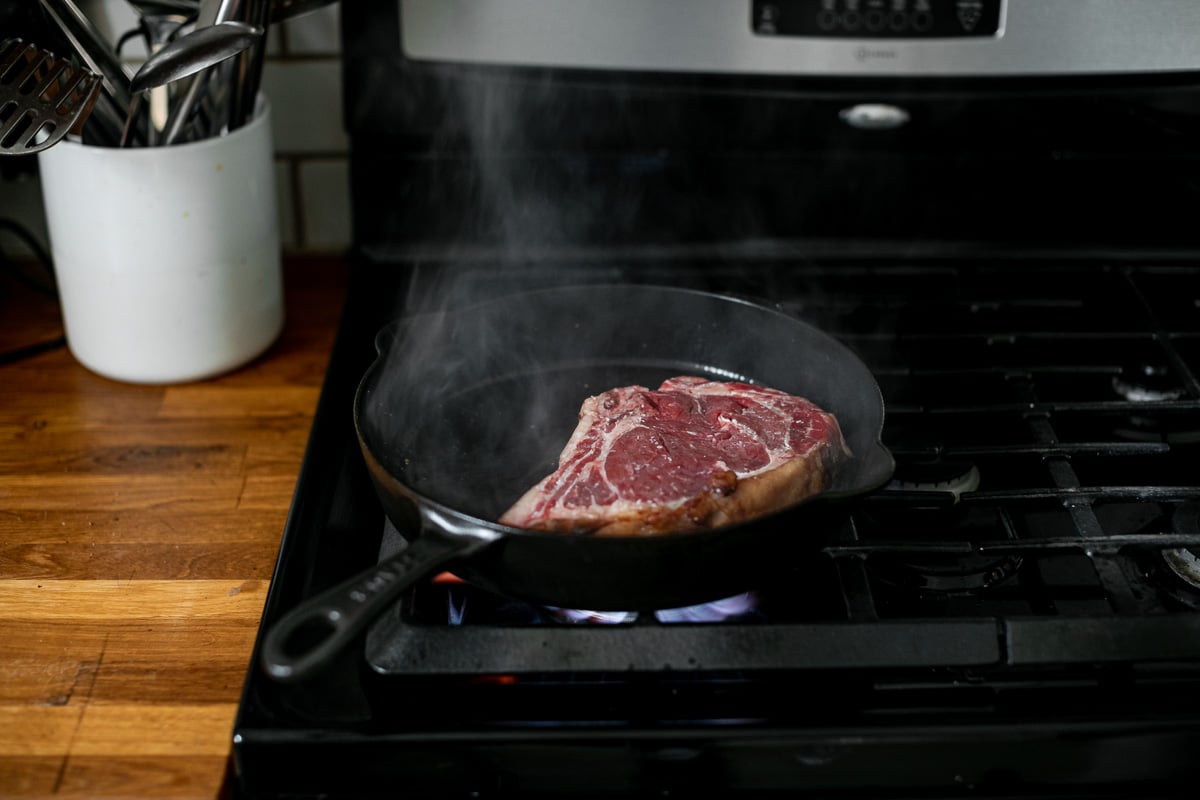
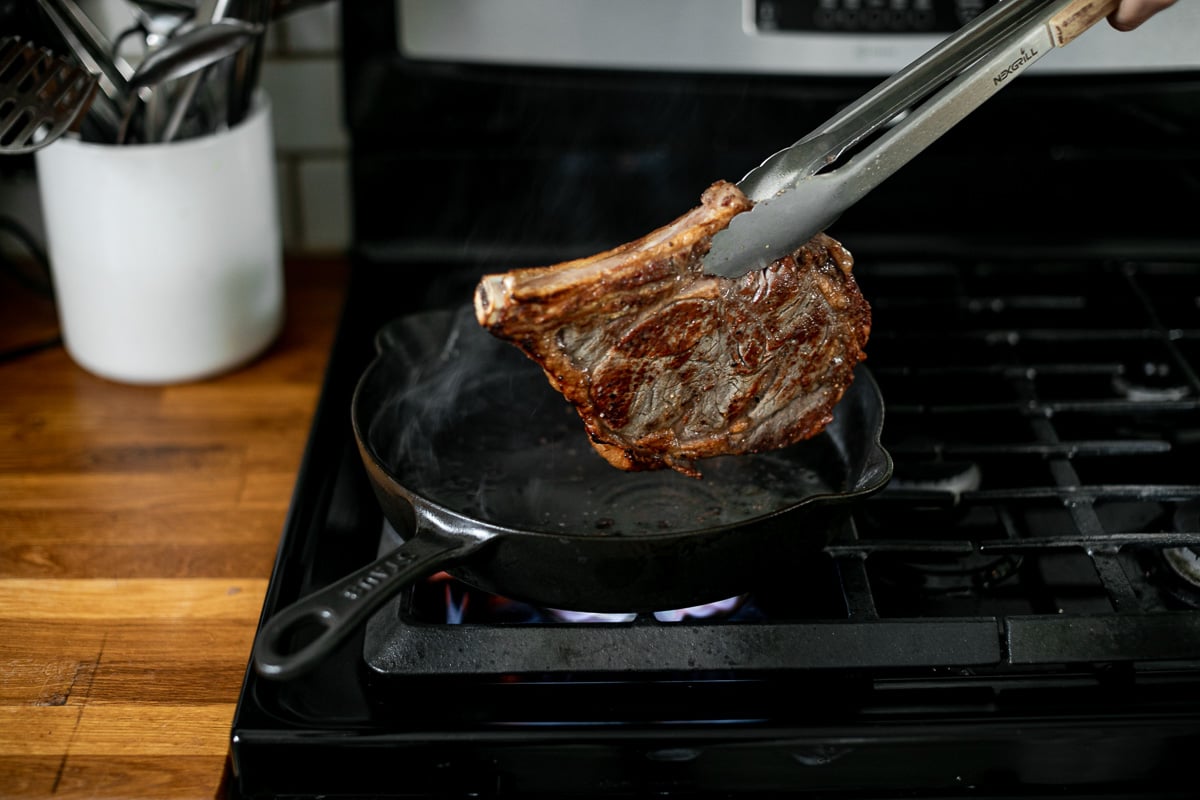
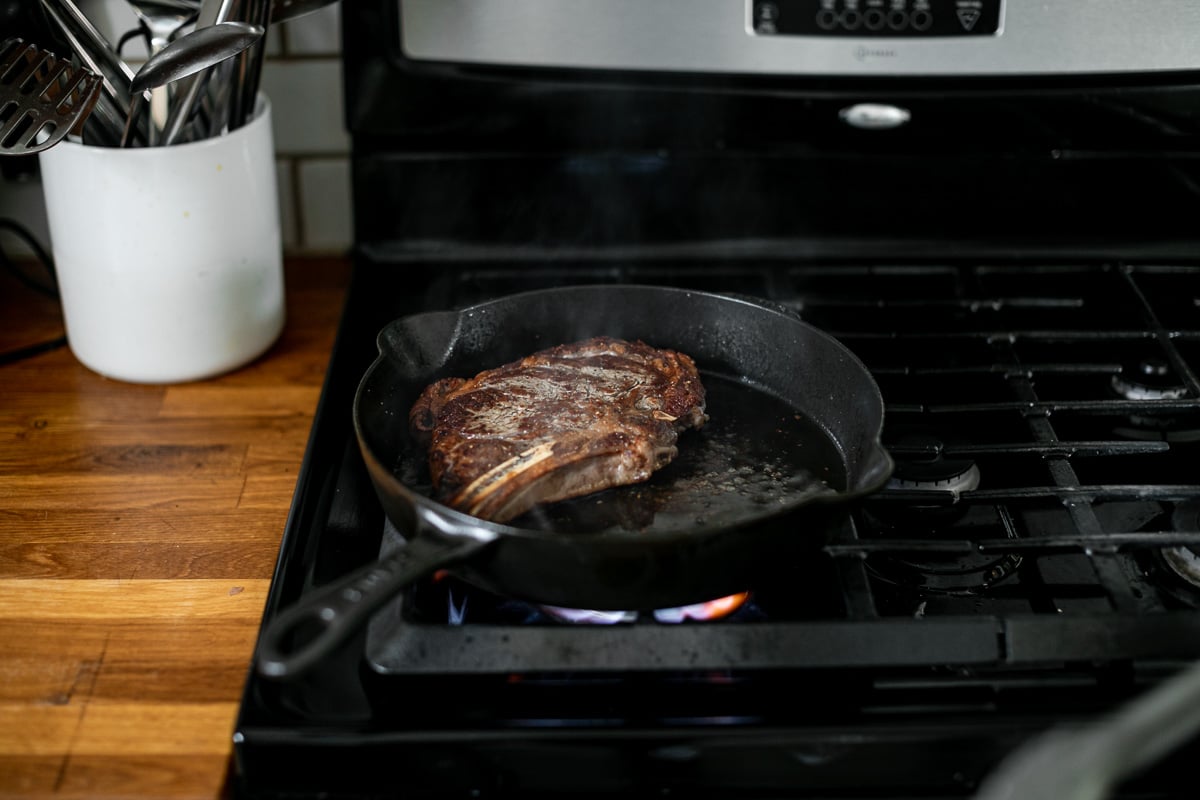
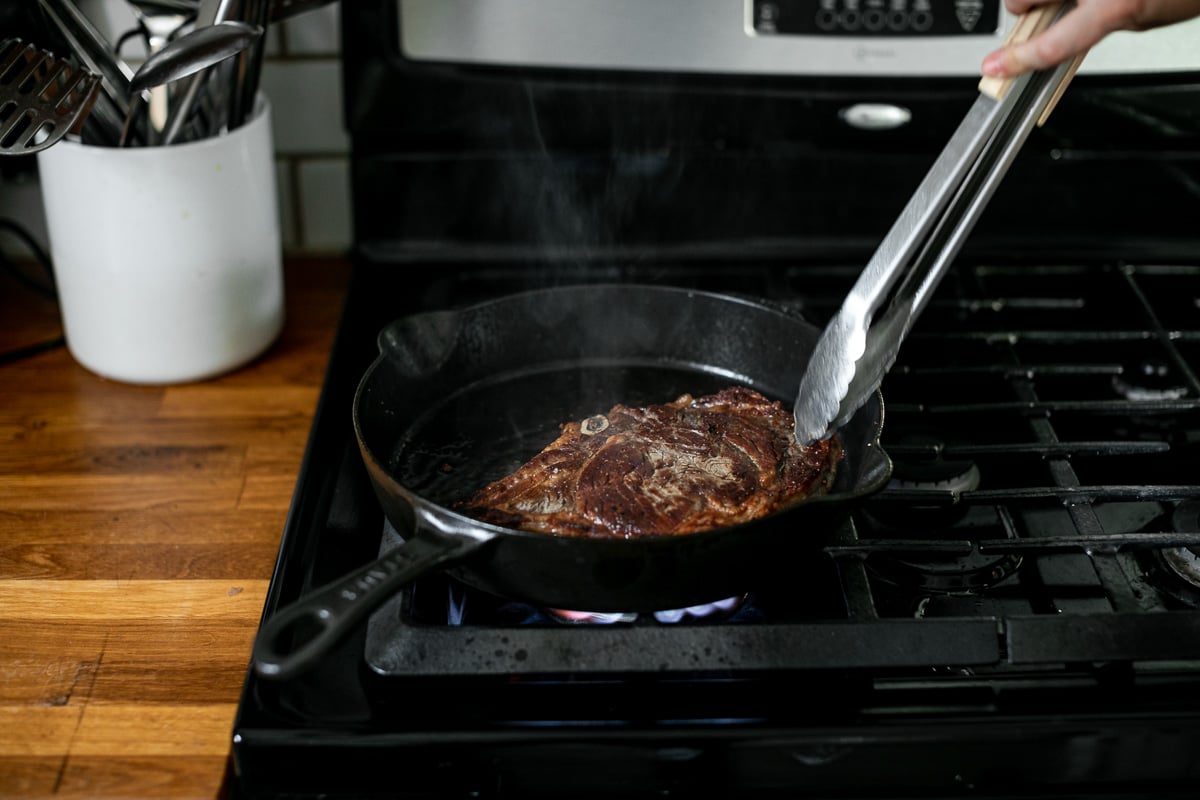
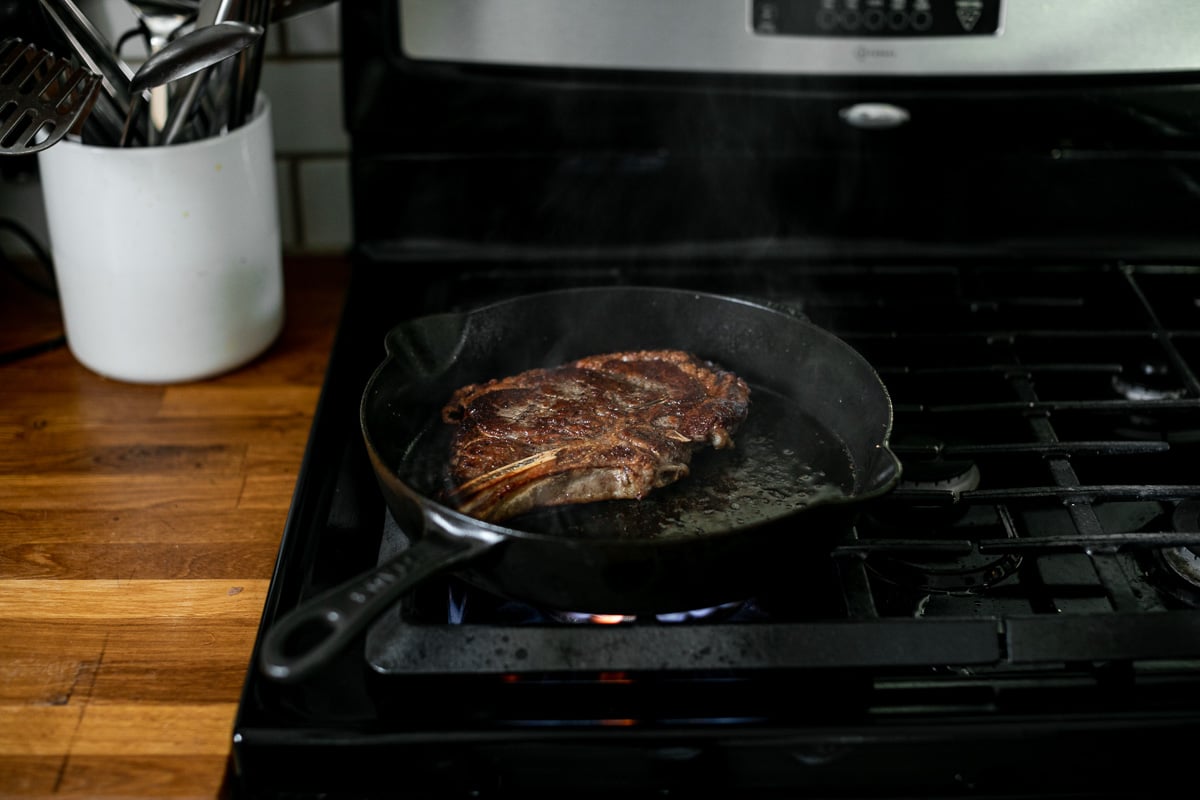
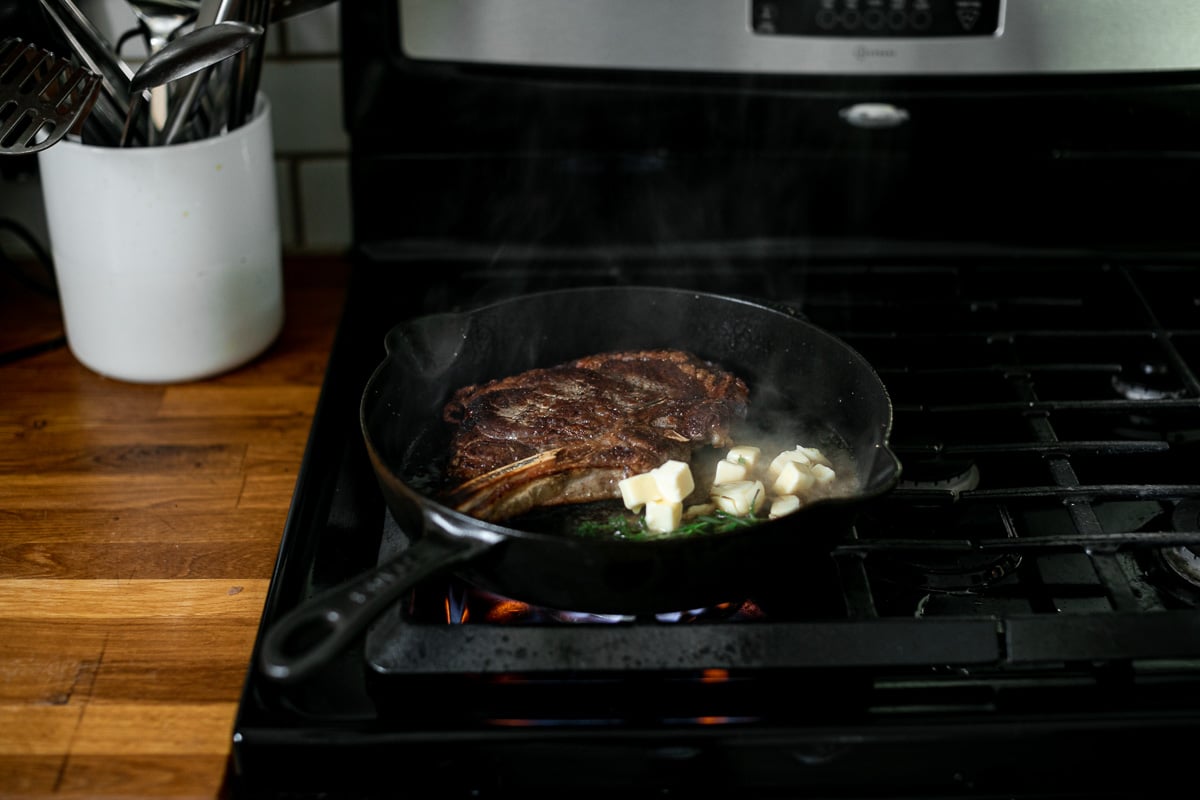
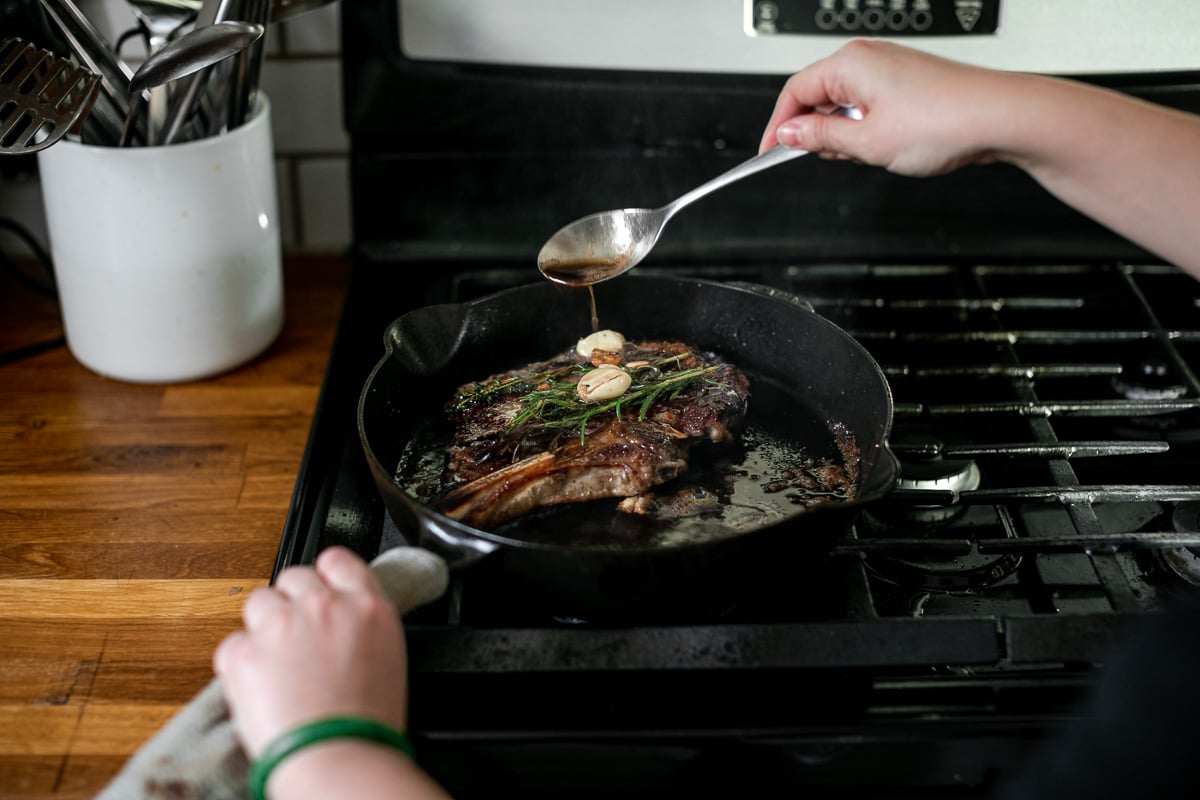
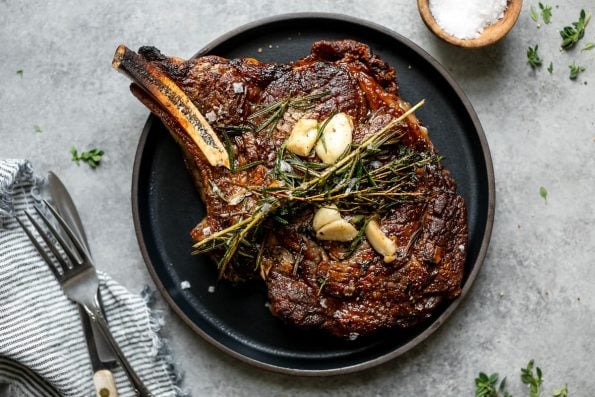
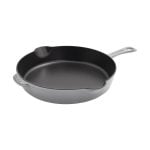
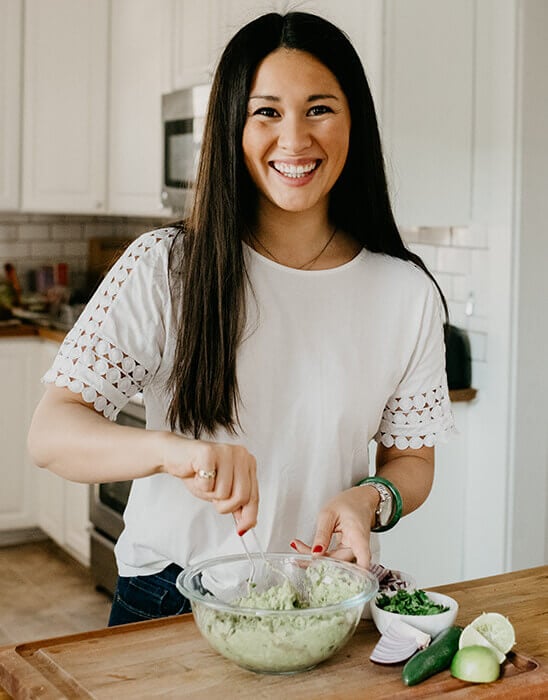
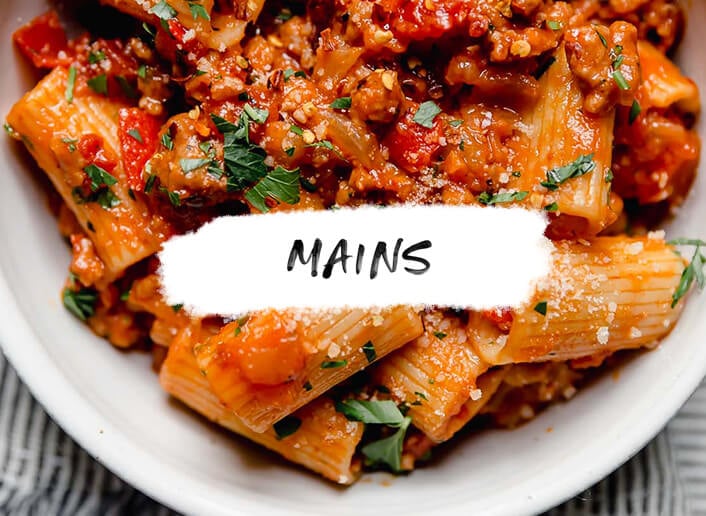
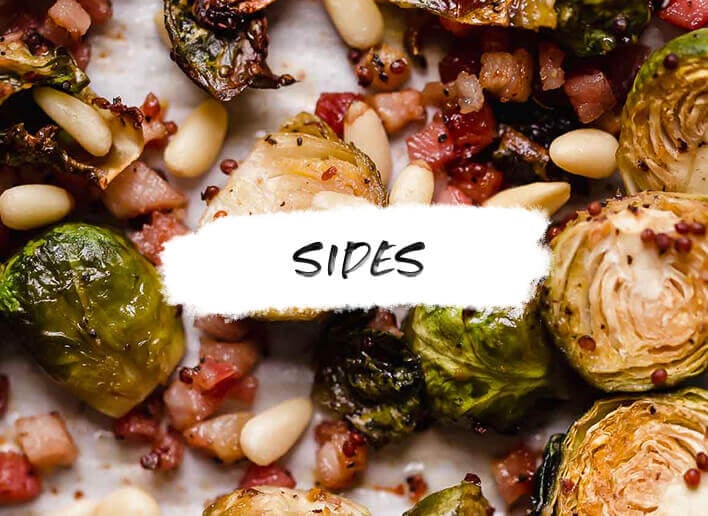


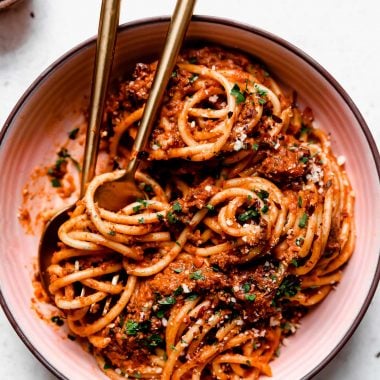
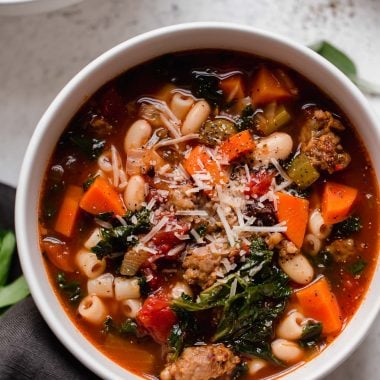
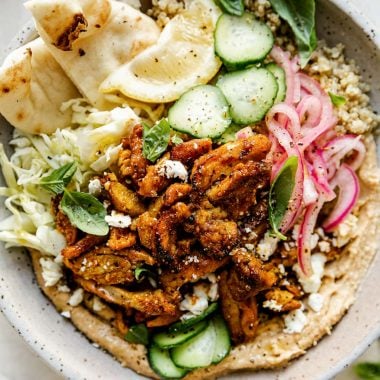
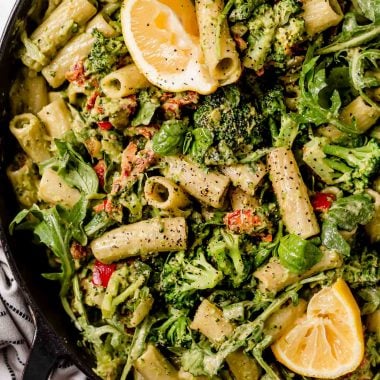
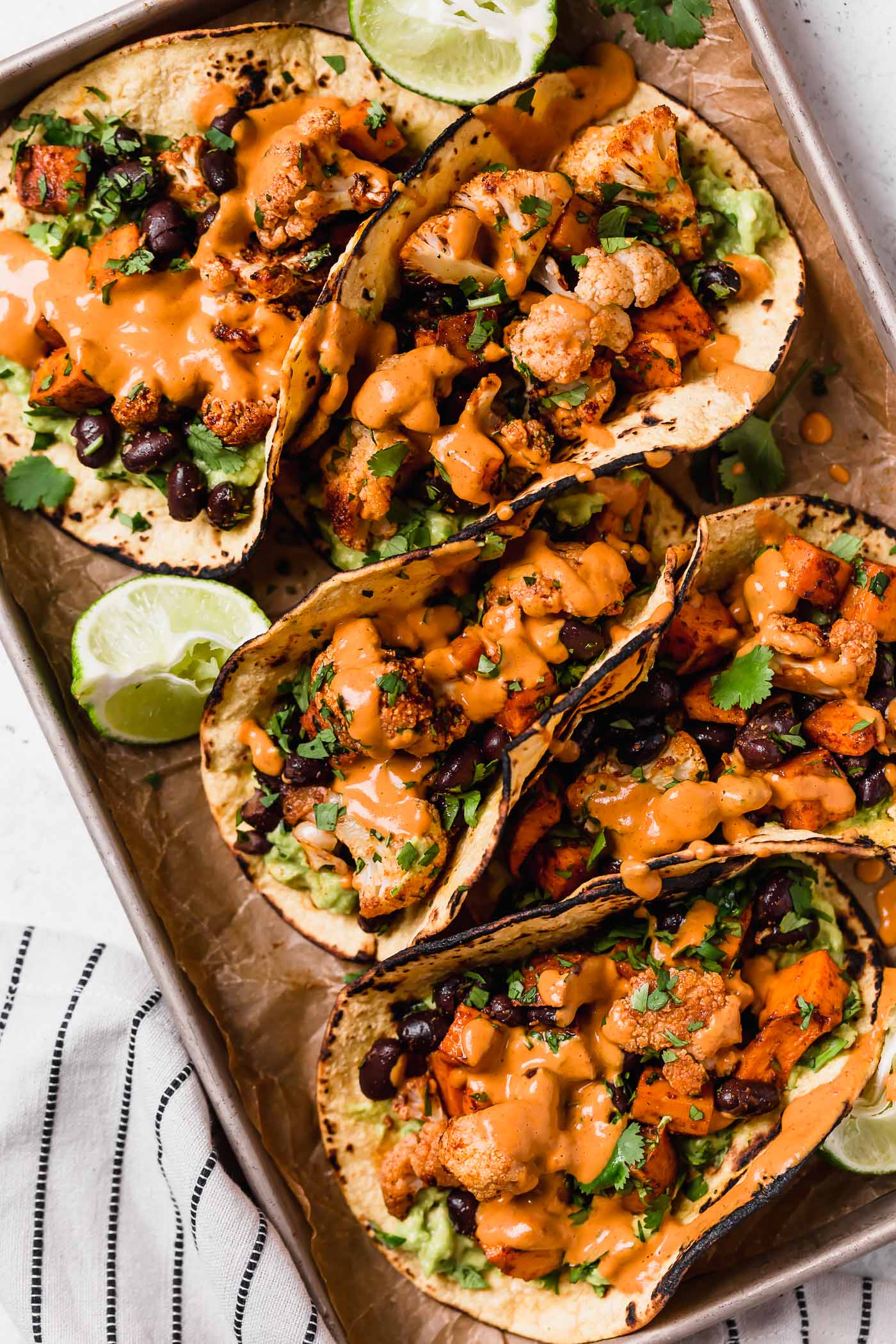
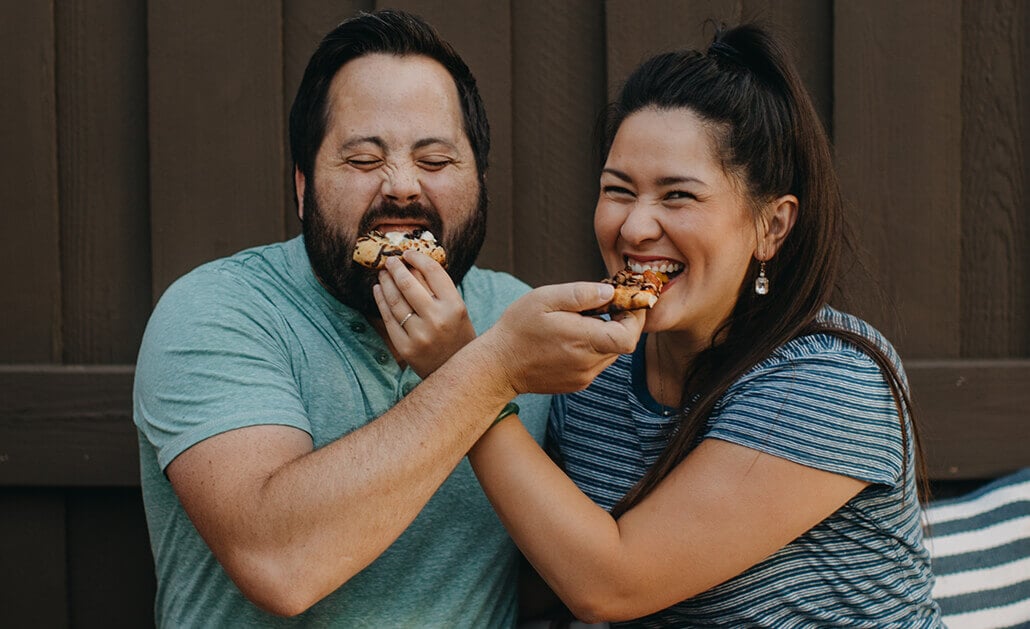
This was a complete success. I appreciate the clear and straightforward instructions you provided! I’ve never achieved such a great result with steak without having to grill it.
So glad to hear that this method worked as well for you as it does for us!! Thanks for the kind review!
Thank you for sharing this delicious recipe for herb butter basted cast iron steak!
I love that you’ve included all the tips and tricks for cooking a perfect steak every time, such as preheating the cast iron skillet for 5-7 minutes, using the frequent-turning method to sear the steak, and basting the steak with butter, garlic, rosemary, and thyme.
I’m also excited to try your suggestion of seasoning the steak with kosher salt at least 2 hours (or up to 2 days) before cooking. I’ve never done this before, but I’m curious to see how it affects the flavor and tenderness of the steak.
We hope you’ll give it a try soon, and let us know what you think! 🙂
I tried this recipe, cooked it for 5 minutes, but forgot to do the salt brine in advance.
I cut it after waiting for about 10 minutes, or a little less.
Internally it was about rare, instead of medium rare.
How did that happen?
The steak was a 1.5 inches thick bone in rib-eye
Hi AV, cooking times can vary a bit based on the temperature of your cast iron pan, thickness of your steak, etc. For the most accurate results, an instant-read meat thermometer is a great tool for judging doneness. The steak is medium rare when it reaches 115-120 degrees (after resting it will rise to 130-135 degrees). Hope that’s helpful!
Great steak. Smoky-sweet perfection. I made burrito bowls for weeknight meals!
That sounds like an awesome way to repurpose the steak, Jan! Thanks so much for sharing!!
Simple but delicious! That was the perfect approach to spice up our weeknight meals.
Thanks so much for your comment, we’re so glad you enjoyed!! 🙂
This is sooo good! My family loves it! Thank you!
Thank you, Teresa! Love to hear that the whole family enjoyed!!
There’s something so delightful about a simple, well-cooked steak. I salted the ribeyes three days before cooking them
We couldn’t agree more, Khan! So glad you loved it!
Hello
Hi there! Let us know if you have any questions regarding the Cast Iron Steak – hope you give it a try!
Loved, loved, LOVED this steak. The perfect balance of smoky and sweet. I turned it into burrito bowls for an easy meal prep for the week!
So glad you loved this one Katherina – adding to burrito bowls sounds amazing!😍
This recipe was so simple to make but so flavorful. Thank you.
Thanks so much for dropping a comment, we couldn’t agree more!
Hi! I have a question. I’ve never salted steaks so far in advance. Would the salt being on for so long not draw out the moisture and juice from the steaks and make them dry? Thank you!
Hi Victoria! The salt will draw out some of the steak’s natural water but if you place it atop a rack fitted inside of a baking sheet that is lined with paper towel much of it will be absorbed by the paper towel or the baking sheet below. For more details on the faux dry age check out the full blog post above the recipe card or let us know if you have any additional questions!!
This worked perfectly. Thank you for the detailed yet easy to follow steps! I’ve never had a steak turn out this well without grilling it.
Hey KM! So glad to hear that you loved this steak – we LOVE having the option to use our cast iron (especially during the cold winter months here in MN!). Thank you for dropping a comment!
Thank you!! I finally cooked a perfect steak on the stovetop.
So glad to hear it, Jackie!!
Awesome, detailed instructions on how to make the perfect steak! Made this for a Valentine’s special meal 🙂
So glad you enjoyed, Sophia! Thanks so much for choosing PWWB for your special Valentine’s Day meal!!
! This was so simple, but so tasty!! It was the perfect way to mix up our weeknight meal rut with something that felt incredibly fancy,
Hi Betina! We couldn’t agree more – so simple but so impressive! Glad you could treat yourself for a fun weeknight meal!!
Was so excited to try this. My entire house smoked up to the point I had to send my kids outside. Could not even see two rooms over. Yes I used Avocado oil and had the vent fan on. Any suggestions??
We don’t eat red meat very often and eat steaks even less frequently so I’m not very good at making them. This recipe was so simple to make but so flavorful! I think flipping the steaks so frequently helped prevent the overcooking problem I’ve had with other recipes where the steak sears longer on each side.
I made this for Valentine’s Day and it was fabulous! A special treat with my special guy!
Perfect steak for Valentine’s Day! Paired it with asparagus and Alfredo noodles! Thanks for the recipe!
Very good recipe!
Omg yum! This was so simple, but so tasty!! It was the perfect way to mix up our weeknight meal rut with something that felt incredibly fancy, but was totally doable on a weeknight. My steaks were about an inch thick and 6 minutes got me to the perfect medium.
I made this with the Maple-Mustard Roasted Brussels sprouts and it was awesome! It took a little bit longer than the recipe said to get to the right internal temperature, but in the end it turned out great. There’s something so delightful about a simple, well-cooked steak. I salted the ribeyes three days before cooking them
This was so good! My mistake was that I did not make enough! I can’t wait to make this again on father’s day to surprise my father-in-law.